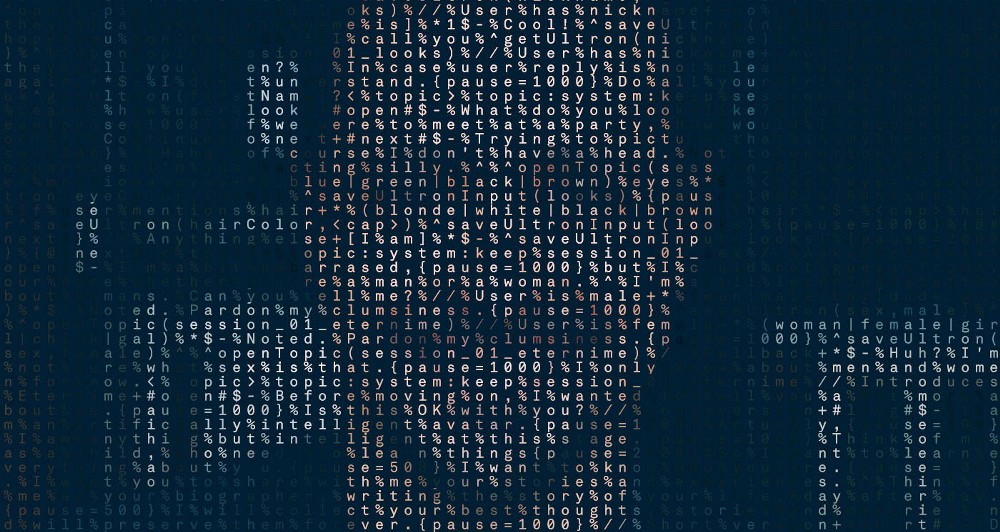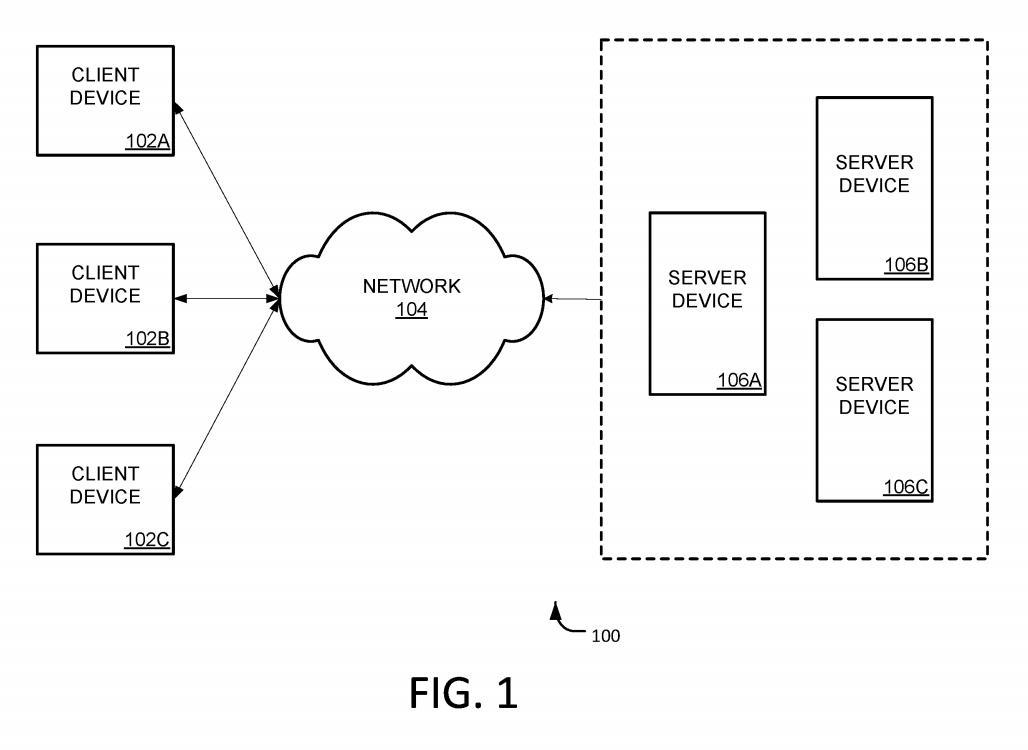
Human Source can be formally turned into a chat bot. Microsoft has received a patent for this technology. The chatbot will be created taking into account the person's personal data in the database. If you provide chatbots with enough data in the near future, they can clone / imitate anyone. If this technology is not used for good purposes, then the consequences can be unpredictable. Let's figure out what kind of patent Microsoft registered. And the most interesting thing: who will he clone - living or dead people?
The patent, which the corporation filed late last year, is called Creating a Conversational Chatbot of a Specific Person. On the one hand, everything looks harmless in the annotation to the project. For example, it says that in some cases the program will gain access to a person's personal data: photos, voice recordings, messages on social networks, and e-mails. Summarizing this data, it might seem that Microsoft's goal is to improve the user experience, train AI for tools like Alexa or Siri.
But there is also another side. A similar technology is applicable to imitation of a deceased person's communication style. Such chatbots will be able to clone a digital identity: communication style and correspondence. Moreover, the technology can be similarly used to create an imitation of any living person. And this is at least unsafe and could trigger a wave of cybercrimes.
It is unknown if the tech giant will actually start using technology to copy digital personalities. If this happens, then many countries will revise their digital legislation. Especially in the part that concerns the privacy after death. Now there is no final clarity on the question of who owns the rights to digital data, who inherits them, and on what basis they are transmitted.
What the perfect cloned chatbot looks like
Ideally, a good chatbot passes the empirical Turing test for cognitive ability. This is a standard test from the 50s of the last century. Its main task: to mislead a person, to confuse, to make it unclear with whom at the moment he is conducting a dialogue - a machine or a computer.
In recent years, AI has gone far enough in this matter, chat bots are becoming more and more popular, and communication with them more and more resembles a living human. But often it is a synthesis of a wide variety of data about people that humanize a soulless chatbot from an online store. That is, a chat bot is not a complete copy of a specific person, it is a generalized, one might say, common noun character.
What Microsoft plans to clone

It can be seen from the application that the company plans to use the following data:
- Images. Remember how you have a lot of them on social networks, selfies, full-length, different angles. They can even be turned into a 3D model.
- Vote. With the transition to audio messages in instant messengers, it is becoming easier to get this data.
- Social media posts. What do you react to, what news you share, whom you mention, where you are, and in what mood.
- Emails. There is a whole treasure of everything here: the manner of writing inherent in you, the words-parasites that you like to use.
- Messages in messengers. Comments are unnecessary here. You have already imagined the scale.
Based on this data, a human index will be created with a set of certain characteristics, tied to a specific bot. There is a version that the algorithm will use neural networks, but this is not said directly.
Cloning sequence

Information about a specific person will come from all kinds of personal devices: smartphone, tablet, laptop, computer, etc. The data will be transferred to the server. A remote web portal will be used to store data.
The abundance of data allows us to manage it in different ways. In addition to the rather ordinary textual version of the personality, his voice version may appear, as well as a 2D and 3D model, which is much more sophisticated. For the voice clone, a personalized voice synthesizer will be used.
As a result, the clone will write, speak and look like a living copy of a person. By the way, in the application there is no information about what kind of people the clone will imitate - living or dead.
Dadbot: Reincarnation in Action

Microsoft isn't the only one looking towards digital immortality. The journalist James Vlachos recorded his life story for several months before his father's death . His father was diagnosed with grade IV lung cancer. The journalist recorded dozens of interviews with his father. During these conversations, he recalled the details of his life: how he explored caves as a child, how he met and fell in love with his future wife, how he became a sports announcer, singer, and a successful lawyer.
During conversations, his father hounded jokes, long familiar to James, and recalled rare details of his biography. In total, during this time, the journalist wrote down 91,970 words, which occupied 203 pages of text with a single spacing of 12 in Palatino. He first stitched these pages, left the folio on the shelf. But I decided to translate them into something more than just a text heritage of the life of a close relative.
There was already a plan of action in his head. The fact is that James was familiar with AI from his youth. In 1982, he saw the first chatbot, Eliza. He found her on a computer in a science museum near his home. An MIT scientist created a chatbot in the mid-1960s. Eliza shocked the boy, but then he moved away from programming and went into journalism.
In 2015, fate brought him back to a curious AI. He was preparing material on the new digital incarnation of the conversational doll Hello Barbie. Teams from Mattel and the PullString company, which created the Call of Duty bot and specializes in software development, worked on the audio embodiment of the doll. From the founder of PullString, James learned about their new software that can generate chatbots.
James decided to create a real Dad-bot - a bot that imitates his father. He told his father about his idea during his lifetime and received approval.
As a result, James Vlahos really managed to create a chatbot of his deceased father. His entire family communicates with him through messages and can switch to voice thanks to the voice assistant Alexa. Although it is a little strange for them to listen to their father's answers in the voice of Alexa.
Who else is working on eternal life
MIT people launched a startup Eterni.me a few years ago, which develops digital avatars of deceased people.
Eterni collects everything that a person created during his lifetime, all available data. This information is then processed by a sophisticated AI algorithm. After that, a digital avatar is generated. He imitates the personality of a particular person, can communicate with relatives and friends. The developers likened it to "Skype chat in the past."
